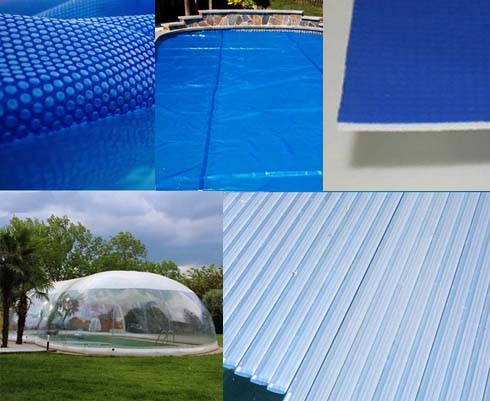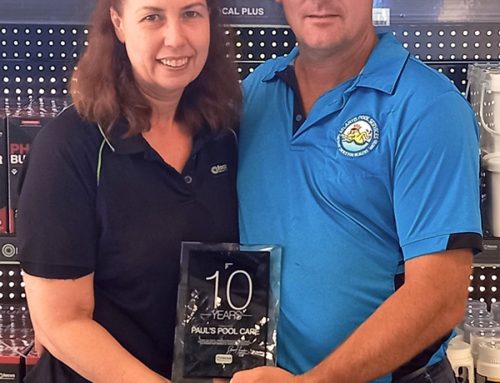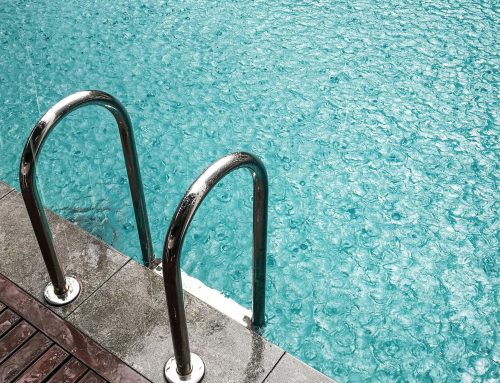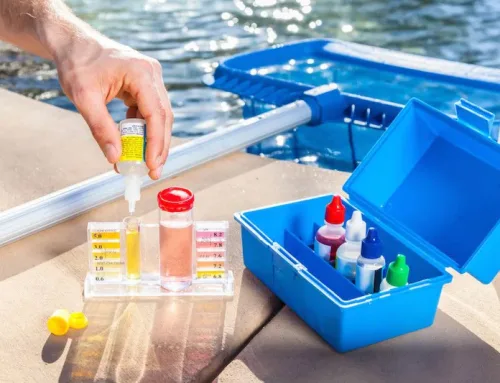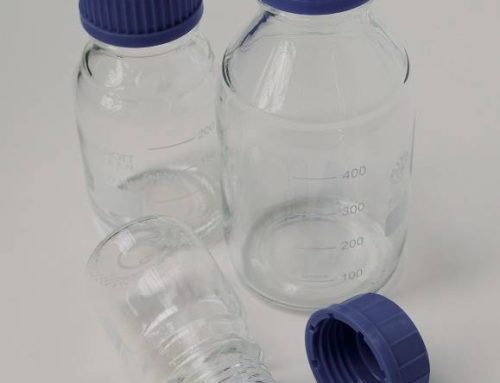What are the 5 main cover options for better pool efficiency?
If you’re a home pool owner, fitting your pool with a cover is an excellent way to improve your pool efficiency when it’s not in use. Pool covers are designed for a range of conditions and functions. They can be combined with other forms of pool equipment such as pool heaters, to optimise energy usage and reduce costs.
Swimming pool covers provide a number of cost-cutting & safety benefits by:
- keeping your pool clear of leaves and other debris by up to 90% – improving water quality with less load on your filtration system,
- extending the life of your pool chemicals by reducing UV degradation of pool chlorine,
- providing a final barrier between your children and the water and improving child safety measures,
- reducing water evaporation by up to 95% – saving Brisbane’s precious resources, and
- increasing sun-heated pool water temperature by up to 8˚C.
Pool covers come in all shapes, sizes and styles to suit your needs. They can be operated manually or automatically with innovative mounting, attachment and locking systems available. However, when considering a pool cover purchase, there are five basic pool cover concepts/types to keep in mind.
The 5 main types of pool covers include:
- Solar bubble covers form an insulating layer that resembles a heavy duty bubble wrap. The air bubble layer captures solar heat, prevents heat loss and allows sun rays to penetrate and warm your pool. Bubble covers can degrade in sunlight over time, so they need to be covered when rolled up & not in use.
- Thermal pool blankets are basically insulators. They can insulate your pool at night thus reducing convection heat loss, chemical use & water evaporation. Made from thick, durable polyethylene foam, they are not designed to heat water but they have excellent heat retention rates of up to 75%.
- Slat covers are made up of slats that provide a sturdy barrier when rolled out & fully extended, similar to a garage door. They reduce heat loss through evaporation. Some slat covers are suitable as a final barrier child safety measure as they can support the weight of a small child easily. Slat covers are usually built into a concealed slot in the pool shell, making them an attractive stylish option for pool owners. They can also be retro-fitted.
- Liquid solar pool covers (solar liquid blankets) are the odd ones out and are not pool covers in the conventional sense. They consist of a bio-safe fatty alcohol additive that you apply directly to your pool water. It floats on water to create an isolative layer that prevents heat loss and evaporation. This layer disperses when you dive in and reforms when your pool is not in use.
- Inflatable pool covers (inflatable clear air dome tents) make it possible to swim in your pool during winter while protecting, heating & insulating your pool water and immediate environment. Easily removable for open air swimming on warmer days.

